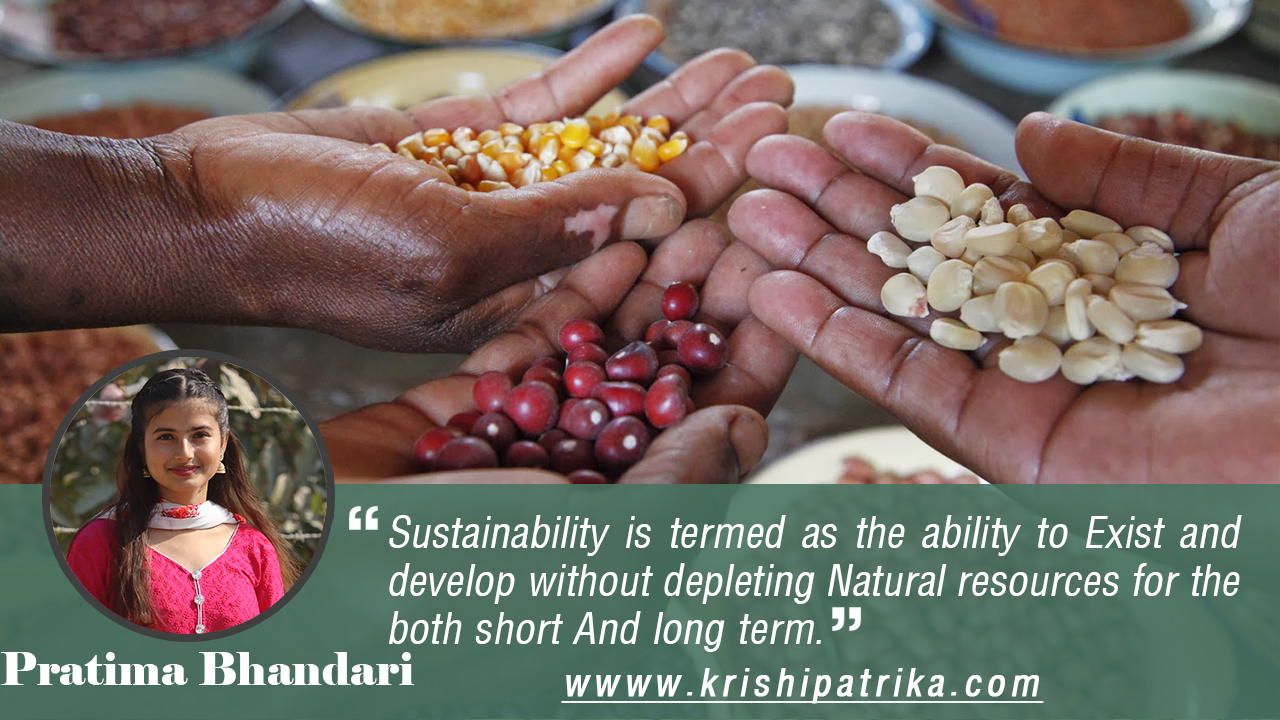
“Right and choice are the answer: whether the baby boom or bust, the solution to shifting fertility rates lies in prioritizing the reproductive health and right of the people”. The slogan of world population day 2021 indicates the decision of prioritizing reproductive health by the means of fertility rate. In a world of 7.9 billion people according to the UN estimates elaborated by world meter, 663 million people globally are undernourished. 22% of children younger than five are stunted .they are significantly shorter than average for their age. And about 9% of the world population are severely food insecure. According to the world development indicator, the growth rate of population in the world is 1.1% in which Syria grew about 5.32% with the highest population growth rate in 2021. A growing population means more mouths to consume and the destruction of the fertile land. Almost one in seven people around the world are chronically hungry, lacking enough food to be healthy and active lives. The increasing number of people often drives up demand for food which typically results in additional use of arable land water. This is especially true in the absence of adequate food production, technology, and integrated program that simultaneously address community needs for food and reproductive health. The FAO projects that by 2050, population and economic growth will result in a doubling of demand for food globally. The major cause of population growth is the imbalance between birth and death, migration, lack of education, total fertility rate, and infant mortality rates i.e parents are not sure about the existence of their child in the future. As in the recent condition, covid-19 has also created a huge impact on the population growth which may affect our economy in the future. As we know that population growth, food security, and sustainability are interconnected with each other. As the population increased in an uncontrolled way there may be food insecurity due to the destruction of vital forest resources or overexploitation of arable land. There are various challenges for the food system in the world like population growth and demographic change, rising average income i.e rich people have great energy demand which may increase the cost of fuel and fertilizer input in the agricultural, environmental change also cause a change in food system due to different environment condition there is rise or fall in crop production all around the world. Covid-19 estimates to have dramatically increased the number of people facing acute food insecurity in 2020-2021. It is estimated that 272 million people are already at risk of becoming acutely food insecure in the countries where it operates. Hunger kills more people than AIDS, malaria, and tuberculosis combined. So there should be keen action for the solution of food security in the world. There are four components for food security in the world that is food availability, food accessibility, food utilization, and food stability. For sustainability in the world, all those components are critically essential. Sustainability is termed as the ability to Exist and develop without depleting Natural resources for the both short And long term. We cannot maintain our earth’s ecosystem or continue to function as we do if more sustainable choices are not made. If harmful processes are maintained with no change then fertile land, clean water resources, fresh air, and cleanliness will decline. Sustainable agriculture and food systems such as organic agriculture and agroecology improve food security, eradicate hunger, and are economically viable while conserving land water, plant and animal genetic resources, biodiversity, and ecosystem and enhancing effect to climate change and natural disaster. Population growth in particular places increasing pressure on the planet’s resources, water, forest, land as well as in the earth’s atmosphere which is contributing the climate change, eutrophication, global warming, and challenges in environmental sustainability.
There are various means for sustainability on the earth by controlling population growth, by lifting modern agriculture. System in a front basis, by the means of modern technology and ideas. Integrated farming with great output proportionately maintains livestock and agriculture. The root cause of food insecurity worldwide is due to food waste also. According to the UN, nearly ½ of all fruits and vegetables produced globally is wasted each year. Roughly 1/3 of the food produced in the world for human consumption every year- approximately 1.3 billion tonnes get wasted. Global quantitative food waste per year is roughly 30% for cereal crops, 40%-50% for root crops, fruits vegetables, 20% for the oilseed, 30% for meat and fisheries products. In developing countries, most of the food is wasted due to storage, managerial, and harvesting constraints, etc. globally agricultural land area is approximately five billion hectares or 38% of the global land surface. Achieving global food security required a dramatic change in the current food production system and population growth. From better technologies to improve farming practice to functioning, inclusive markets, there is much to be done to sustainably increase food production while minimizing environmental impacts. At first, for sustainability in the world population should be controlled proportionately so that food can be utilized and there will be no people striving with hunger. For this population education should be provided in every corner of the world, birth spacing should be maintained, avoiding early marriage. All the above methods would be possible if we provide education all around the world. The world is tentatively moving to meet the zero hunger challenge at the end of 2025. For those better agricultural practice must be performed. For those advancements in agriculture, there is necessary to develop better fertilizer and production technologies, transfer those technologies to the smallholder farmers and connect those farmers to an efficient and profitable market. This process should be supported by government policies, knowledge and data management, and small fertilizer subsidies. Adapting soilless farming, vertical farming, developing more nutrient efficient environmentally sound fertilizer, scaling up production and adapting of new tailored fertilizer and by the integrated soil fertility management, production of food crop will ultimately raise in the world. Improving farm productivity, profitability, and sustainability as well as strengthening the linkage between farmers and markets conveniently. For the better production of healthy seeds, hybrid seeds should develop all around the world. The gap between production level and market-level should be fulfilled. Greenhouse, protected frame house, should be increased all around the world to minimize destruction of food crops due to environmental factors. The balance between livestock and plantation should be carried out. The better market value of the crop should be given to the farmers to raise their quality of life. Storage system, packaging system advancement should be carried out to minimize the global food waste and to meet food security all around the world. Mechanization in Agriculture to eliminate poverty, To eliminate food insecurity, to eliminate malnutrition, and to create sustainability in the world. Applying better fertilizer in the soil is a keen need.
TO FEED SOIL IS TO FEED THE WORLD. And to meet the sustainability in the World.









